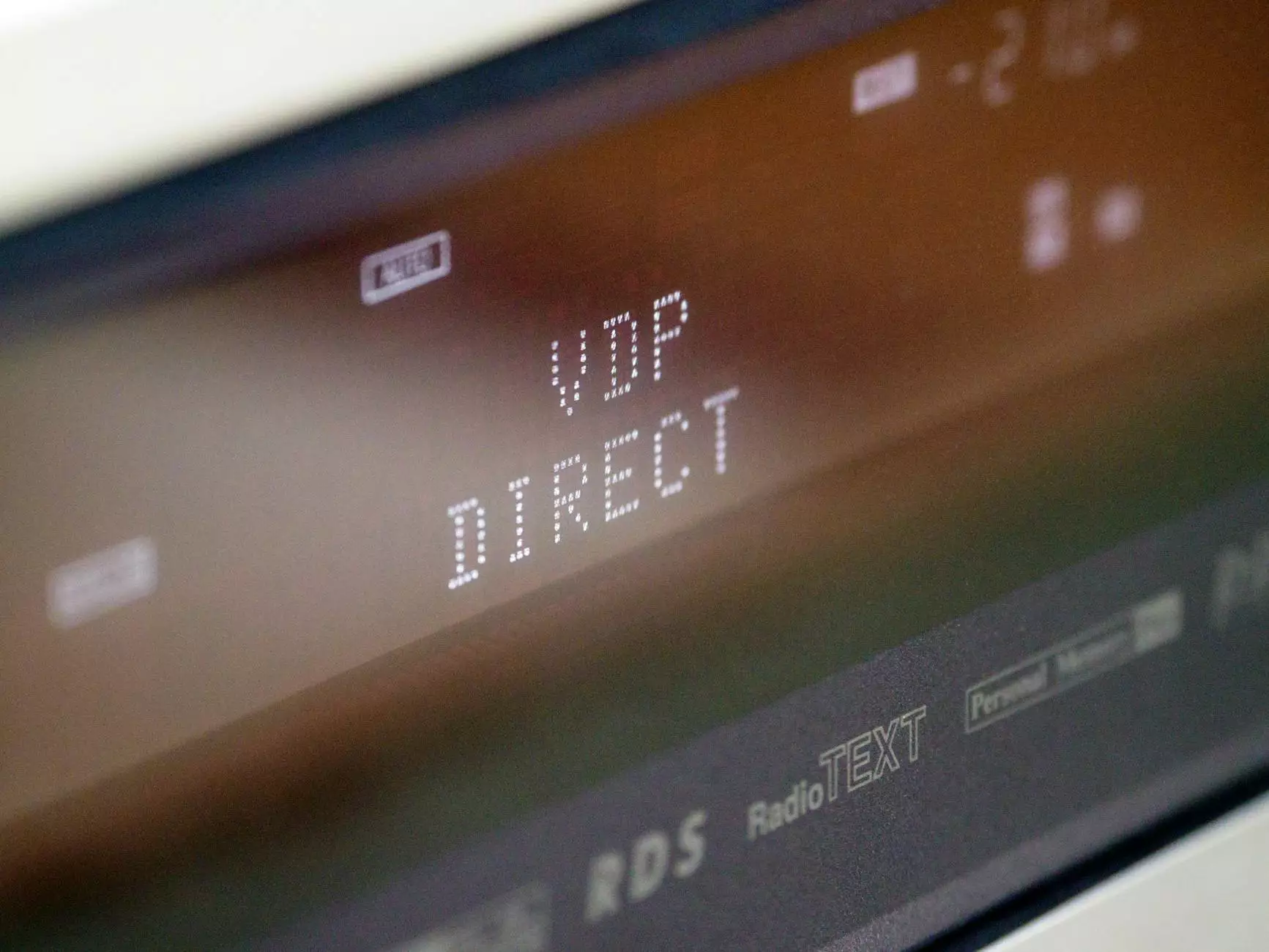CT Scan for Lung Cancer: Understanding Its Importance and Benefits

In the fight against lung cancer, early detection plays a crucial role in improving survival rates and enhancing treatment effectiveness. A CT scan for lung cancer is an advanced imaging technique that offers detailed views of the lungs and surrounding structures. This article aims to shed light on the significance of this medical procedure, including its benefits, process, and the role it plays in the broader context of health and medical care.
What is a CT Scan?
A CT scan, or computed tomography scan, is a diagnostic imaging procedure that combines multiple X-ray images taken from different angles and uses computer processing to create cross-sectional images of bones, blood vessels, and soft tissues inside the body. Unlike standard X-rays, a CT scan provides more detailed images, allowing healthcare professionals to identify abnormalities more effectively.
Why is a CT Scan Important for Lung Cancer?
Lung cancer remains one of the leading causes of cancer death worldwide. Understanding the importance of a CT scan for lung cancer can help individuals recognize the necessity of regular screenings, especially for those at high risk. Here are several key points highlighting its significance:
- Early Detection: A CT scan can detect lung cancer in its early stages, often before symptoms appear. Early detection significantly increases the chances of successful treatment.
- Detailed Imaging: Unlike a regular chest X-ray, a CT scan provides detailed images that help doctors distinguish between benign and malignant tumors, assess their size, and evaluate the involvement of surrounding tissues.
- Staging and Diagnosis: A CT scan helps in staging lung cancer, providing vital information on the tumor's size and whether it has spread to nearby lymph nodes or other organs, which is crucial for treatment planning.
- Guiding Treatment Decisions: By understanding the exact location and extent of lung cancer, healthcare providers can recommend the most effective treatment options tailored to the patient's condition.
- Monitoring Treatment Response: After lung cancer treatment, CT scans are instrumental in monitoring the effectiveness of the therapy and detecting any recurrence early.
The CT Scan Procedure
Understanding the CT scan for lung cancer procedure can help alleviate any fears or anxieties associated with the process. Here is a step-by-step guide:
Pre-Procedure Preparation
Before undergoing a CT scan, patients may be instructed to avoid eating or drinking for a few hours, especially if a contrast dye is to be used. It's essential to inform the healthcare provider of any medical history, allergies, or current medications.
The Scanning Process
- Positioning: The patient will lie on a motorized table that slides into the CT scanning machine. It’s vital to lie still during the scan to ensure clear images.
- Breathing Instructions: The technician may ask the patient to hold their breath for short intervals during the scan to prevent motion blur.
- Use of Contrast Dyes: In certain cases, a contrast dye may be injected into a vein in the arm to enhance the images. This helps highlight any abnormalities more clearly.
- Duration: The entire procedure typically lasts about 10 to 30 minutes, depending on the complexity of the scan.
Post-Procedure Care
After the CT scan, patients can usually resume normal activities immediately. If contrast dye was used, hydration is recommended to help flush it out of the body.
Benefits of Using CT Scans for Lung Cancer
Choosing to undergo a CT scan for lung cancer comes with numerous benefits that can enhance diagnostic accuracy and improve patient outcomes:
- Non-Invasive: The CT scan is a non-invasive procedure, posing minimal risk to the patient while providing detailed imaging essential for diagnosis.
- Quick Results: CT scans often have a quick turnaround for results, allowing for timely decisions regarding treatment.
- Comprehensive Assessment: Unlike other imaging techniques, CT scans can capture detailed images of both the lungs and surrounding anatomical structures, facilitating a comprehensive assessment.
Who Should Consider a CT Scan for Lung Cancer?
While anyone can potentially benefit from a CT scan, certain groups should particularly consider this procedure:
- High-Risk Individuals: Smokers or former smokers aged 50 to 80 years, or individuals with a significant history of exposure to environmental toxins.
- Family History: Those with a family history of lung cancer may also be encouraged to participate in regular screenings.
- Persistent Symptoms: Individuals exhibiting persistent symptoms such as chronic cough, unexplained weight loss, or chest pain should seek medical advice and consider a CT scan.
Limitations and Risks of a CT Scan
Despite the advantages, it is essential to be aware of potential limitations and risks associated with a CT scan for lung cancer:
- Radiation Exposure: A CT scan involves exposure to a small dose of radiation. Although the risk is minimal, it is still a consideration, especially in younger patients.
- False Positives: There is a risk of false-positive results, leading to unnecessary anxiety and additional testing.
- Cost Considerations: Depending on the healthcare plan, a CT scan may come with significant out-of-pocket costs.
Integrating CT Scans into Overall Healthcare
Incorporating regular screening and CT scans into one’s healthcare routine can contribute significantly to preventive health measures, particularly for those at elevated risk for diseases like lung cancer. Emphasizing the importance of annual check-ups and discussions with healthcare providers about screening options can lead to early detection and better outcomes.
Conclusion
The role of a CT scan for lung cancer is invaluable in today’s medical landscape. With its ability to detect abnormalities early, provide detailed imaging, and guide treatment decisions, it serves as a cornerstone in the battle against lung cancer. As with all medical procedures, patients should engage in open discussions with their healthcare providers to assess their individual risks and the need for imaging studies. Regular monitoring and proactive healthcare engagement can lead to better survival outcomes and a higher quality of life.
For more information on health screenings and CT scans, feel free to reach out to us at HelloPhysio.sg, where our experts are ready to assist you in navigating your health journey.









